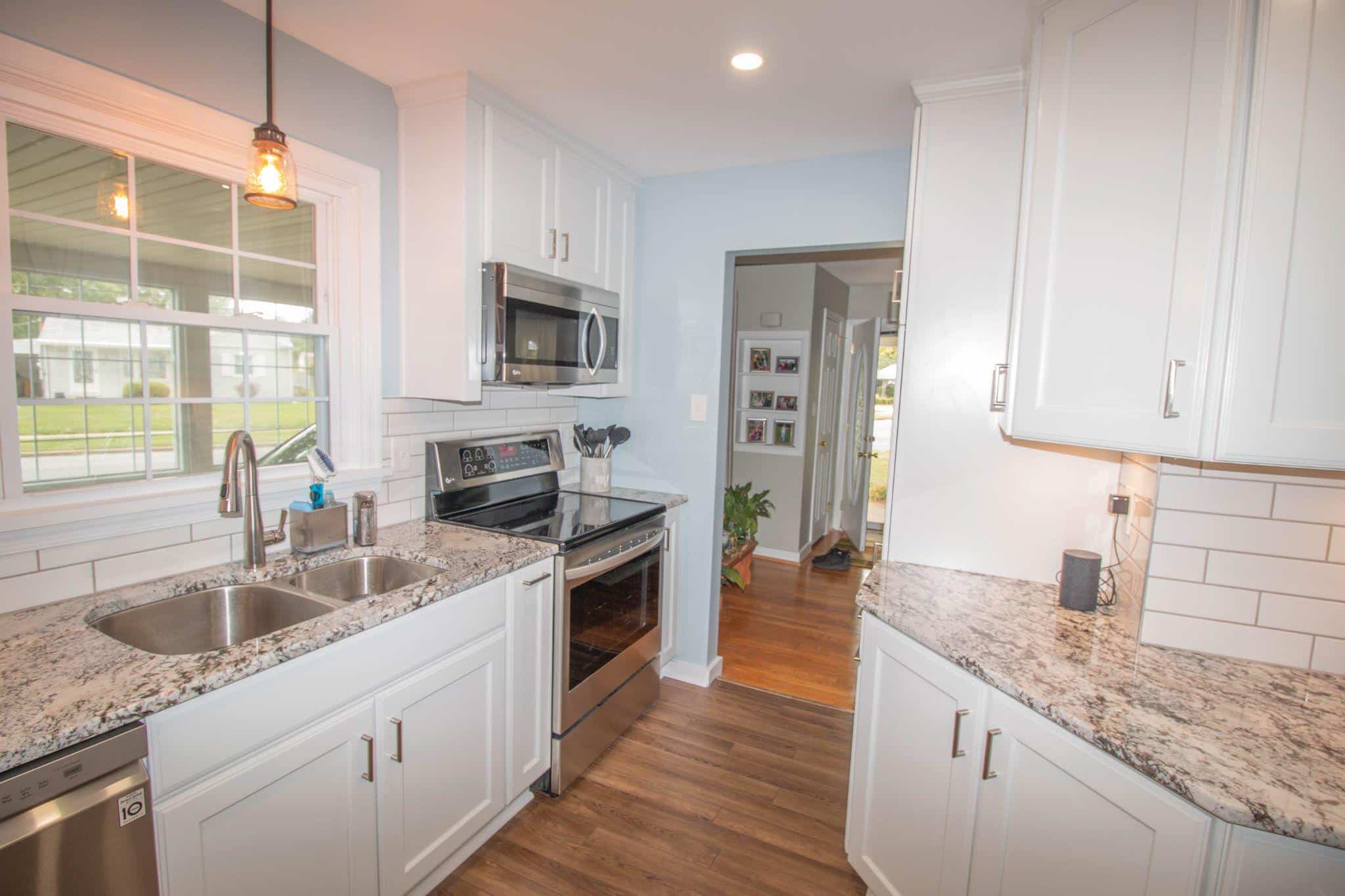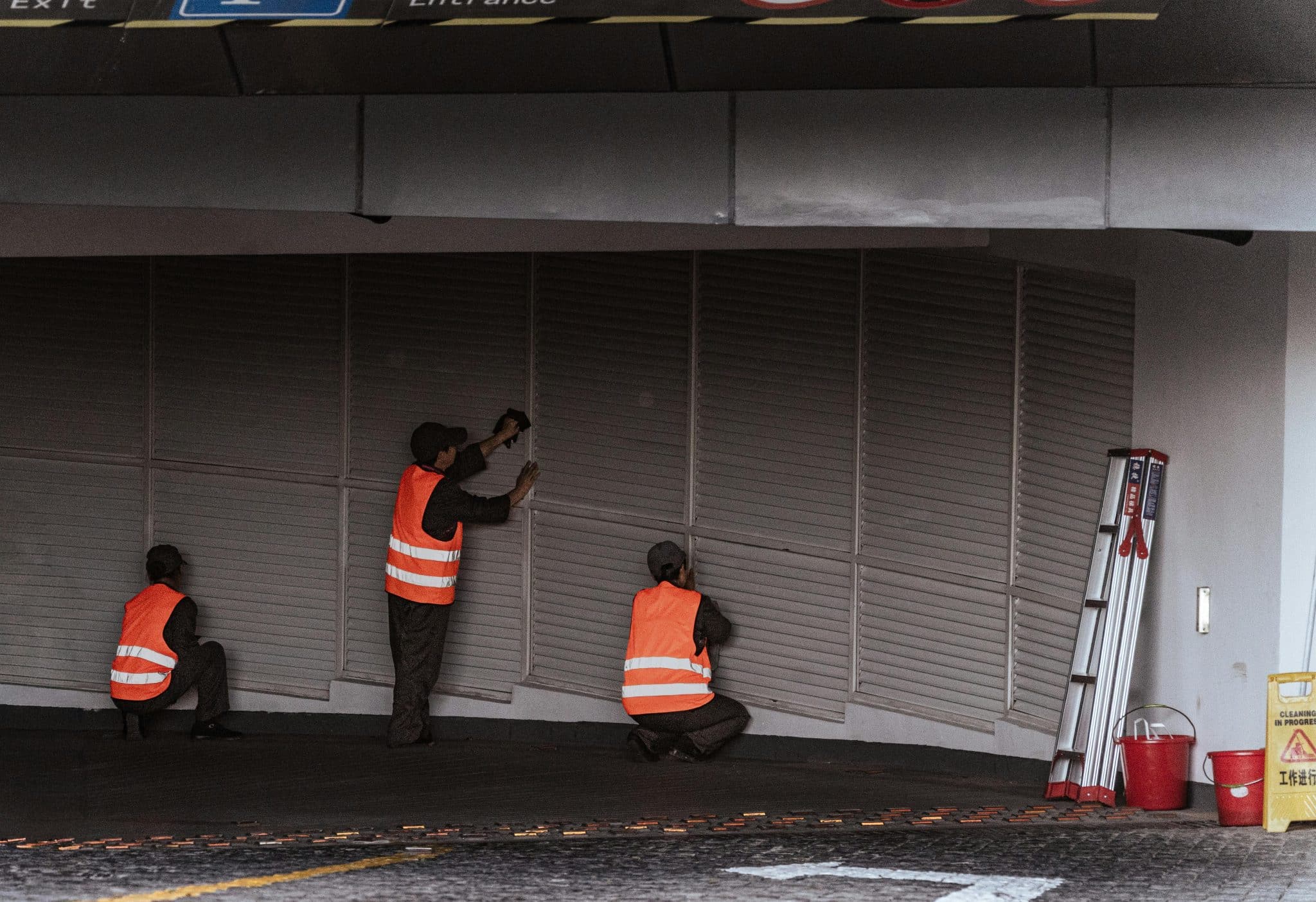Let’s be real, running a small business in construction is tough. Between waiting for clients to pay, covering material costs upfront, and dealing with unpredictable expenses, keeping a steady cash flow feels like a never-ending juggling act.
You might be thinking, why does it seem like there’s always more money going out than coming in? Well, you’re not alone. This is among the most significant challenges that contractors, builders, and small construction businesses face in terms of cash flow. The good news?
This is because there are ways to even out the peaks and valleys, have financial troubles, and keep business in motion without having to worry about their bank accounts most of the time. This article will explore some very straightforward ways that can help to enhance the cash flow and the financial health of your business.
1. Get Your Estimates Right the First Time
Ever underpriced a job and ended up barely breaking even? Or worse, losing money? It happens. One of the biggest cash flow killers is inaccurate cost estimates that don’t cover the real expenses of a project.
Before you take on any job, make sure you know your numbers. That means factoring in:
- Labor costs
- Materials and equipment
- Permits and fees
- Unexpected expenses (because, let’s be honest, surprises always happen)
One way to avoid miscalculations? Investing in construction estimating software allows you to create precise cost breakdowns, helping you price your projects correctly while protecting your profit margins so you don’t end up scrambling to cover unexpected costs.
Remember, the goal isn’t just to win jobs; it’s to win jobs that make you money.
2. Invoice Faster, Get Paid Sooner
Let’s start with the obvious: If you want better cash flow, you need to get paid on time. Sounds simple, right? But in reality, many construction businesses struggle with late payments. You finish the work, send the invoice, and then… crickets. Weeks go by, and you’re still chasing down your money.
So, how do you fix this? Speed up your invoicing process.
- Send invoices immediately after completing work instead of waiting until the end of the month.
- Clearly define payment terms upfront (e.g., “Net 15” means payment is due 15 days after invoicing).
- Use automated invoicing software to send reminders when payments are overdue.
Want to take it up a notch? Offer early payment incentives. A small 2-3% discount for paying within a week can motivate clients to settle their bills faster, keeping cash flowing steadily into your business.
3. Set Up Better Payment Terms with Clients and Vendors
Construction is notorious for slow payments. Big projects often come with long payment cycles, and clients dragging their feet can leave you struggling to cover payroll and materials. So how do you get paid faster? Negotiate smarter payment terms.
- Ask for deposits upfront, standard practice in construction is 20-30% upfront to cover initial costs. If a client hesitates, remind them it’s industry standard.
- Structure payments around project milestones, for example, collect payments after framing, plumbing, and final finishes instead of waiting until the end of the job.
- Push for shorter payment windows, Net 30 is common, but why not Net 15? The sooner you get paid, the better your cash flow.
At the same time, work out better deals with your suppliers. If you can negotiate extended payment terms on materials while getting paid faster from clients, you’ll create a cash flow cushion that keeps your business running smoothly.
4. Build a Cash Reserve for Emergencies
Construction is unpredictable. One month you’re flooded with work; the next, things slow down. Maybe a big client suddenly cancels a project, or unexpected repairs drain your funds. What then?
That’s where having an emergency cash reserve saves the day.
Even if you set aside just 5-10% from each job, that extra cushion can help cover operating costs when cash is tight. Think of it as your business’s safety net—money you don’t touch unless absolutely necessary.
And if saving isn’t an option right now? Look into opening a business line of credit. It gives you quick access to cash in a pinch without draining your bank account. Just be smart about it, only borrow what you can afford to pay back.
5. Cut Costs Without Cutting Corners
Cash flow isn’t just about bringing money in, it’s also about controlling how much goes out. Sometimes, a few small cuts can make a big difference.
- Audit your expenses regularly, are you paying for things you don’t really need?
- Negotiate better rates with suppliers, you’d be surprised how often vendors are willing to lower prices for loyal customers.
- Optimize labor costs, scheduling workers more efficiently can eliminate unnecessary overtime pay.
And don’t forget about waste management, literally. Excess materials that go unused? That’s money down the drain. Being strategic about material orders can reduce waste and keep costs under control.
6. Use Technology to Stay on Top of Your Finances
Gone are the days of tracking payments, expenses, and invoices on sticky notes and spreadsheets. If you’re still doing things manually, you’re making life harder than it needs to be.
There are so many digital tools out there designed to help small construction businesses manage cash flow effortlessly.
- Invoicing software to send and track payments automatically
- Budgeting apps to keep an eye on spending
- Estimating tools to create professional project estimates
- Accounting software to manage everything in one place
The best part? Many of these tools integrate seamlessly so you don’t have to waste hours balancing books when you should be focusing on growing your business.
Final Thoughts: Take Control of Your Cash Flow
If cash flow problems have been keeping you up at night, it’s time to make some changes. You work too hard to constantly be chasing payments or stressing over finances.
Start by improving the time it takes for invoices to be sent out, putting forward specific payment conditions, and making sure that estimates are as accurate as possible. Create a cash reserve, cut unnecessary costs, and use digital tools to make the financial management of the business simpler.
It’s not just about generating revenue, it’s about doing so in a manner that allows for sound financial management to support the construction business’ growth, success, and financial stability in the face of adversity.
So, what’s one cash flow strategy you’ll start using today? Let’s hear it in the comments!








